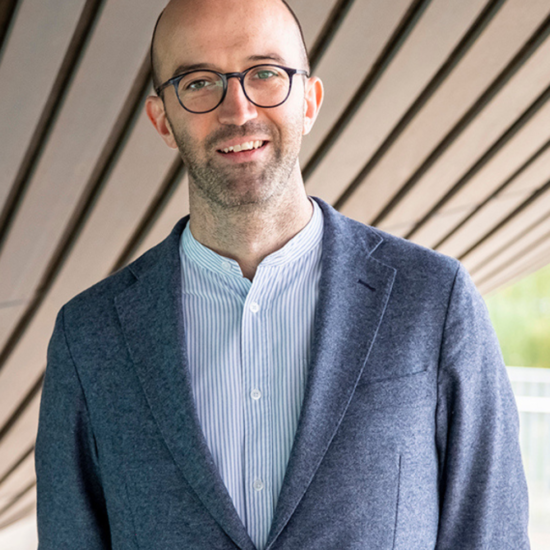
Funding place-based systemic change: Southmead Development Trust case study
The funding place-based systemic change project includes a series of case studies from places and organisations that are learning to change systems. The framework for place-based systemic change describes five approaches to change.
This case study describes approach 3: building and enterprise-driven.
These are organisations that start from a local building or a local enterprise (often both). They evolve from the business model of that space or enterprise, to connect with a range of issues within their place, which affords them opportunities to influence and shape systems. Their enterprising and community approach gives them a particular way into systemic challenges.

Summary approach and learning
The impetus for taking hold of the Southmead Development Trust came from the community in a time of crisis, and the community drove change. Without an investment in the place by that community, then so much of the work that is happening now wouldn’t have happened. Without the centre, there would have been no asset for the community to focus its energies.
The asset helped the community realise their needs and ambitions for change but those activities drain the asset.
About Southmead
In 1984, a boys school on a nine-acre site in Southmead, a north suburb of Bristol, closed down and the process of saving the space at the centre of a community began the following year. In the early 1990s a community trust was established to take ownership of that site for the community. In the years since, there have been significant ups and downs for the community and the organisation that became the Southmead Development Trust, but over the last 15 years, between a 125 year lease from the council, a land deal around the site and a significant drive to develop a plan for the community around the site, the Trust has become a significant institution within the area.
Southmead is a community with a life expectancy much lower than surrounding parts of Bristol, and with a number of other socio-economic challenges that group around places with higher levels of poverty and disadvantage. But it also has a clear identity and a wealth of social capital, much of which has been invested in and built around the Trust.
Place-based work
There are two elements to the work of the Trust that roots it in the place:
- A convening role. The Trust became a vehicle through which the community could organise itself five years ago it facilitated the development of the Community Plan, this was led by community volunteers.
- Building the asset through provision of services that meet the needs identified in that Plan, that advocate for the area, that try to give the community what it needs.
The Trust is now a leading provider of social prescribing, creating a clear health and wellbeing programme; houses mental health services; runs a community café; provides an affordable gym and business units, rents out training rooms and much more.
In doing the two roles, the Trust is both of the place and for the place. It is trying to represent, facilitate, deliver and lead. It is a challenging role to take on, and one that requires balance.
Relationships
The critical relationships for the Trust are its trustees, who understand the community and the building, local residents, and local health commissioners and partners.
Team Southmead Residents is a group of residents that remain independent from the Trust, to advise and influence it to keep the community at its heart.
So much of the work of the Trust has focussed on health (in the broadest sense of that word), which has developed strong relationships, which have also put strains on the Trust. There is a need to serve them as commissioners and partners, but this does create tensions.
Resourcing and operating
The Trust operating model is also in tension. The challenge of delivering on its two roles is the focusing of resource. Each element of work, the café, the gym, the business units, has its own small business plan. These have to work individually for the different stakeholders, customers and commissioners, but they also have to add up to the whole; sustaining the Trust and its operating costs.
In an environment of austerity and competitive commissioning, this means that each of those individual business units is very lean. If the need for any of those services goes up, then there is a risk that the Trust begins to subsidise them so that they can continue to deliver what the community needs. To do that the Trust draws on the assets of the first part of its role. It is this role that gives the Trust and the centre their credibility with the community, that ensures that it is a representation of them and what they want, but it is also the value that ensures that what they offer to commissioners is something that other providers cannot achieve.
Looking ahead
The tension of the Trust’s dual role works well in theory, the community shapes the centre and builds the asset, the asset enables the development of plans that can be sold to commissioners, which better meet the needs of the community than other providers, through the physical and communal asset. In practice, the risk is that the assets get drawn away, subsidising a service that cannot afford the true value of what is being created.
What is needed, is services that are willing and able to pay to build up the asset, rather than extract from it. This would give the Trust the capacity to invest more in its convening role, focusing on community organising, facilitation, social action and other regenerative parts of their mission.
Find out more about the Funding for Systems Change project.
Read learning papers 1, 2 and 4

- Want to find out more?
- Contact Private: John Hitchin on:
- 020 7033 2639
- j.hitchin@renaisi.com







